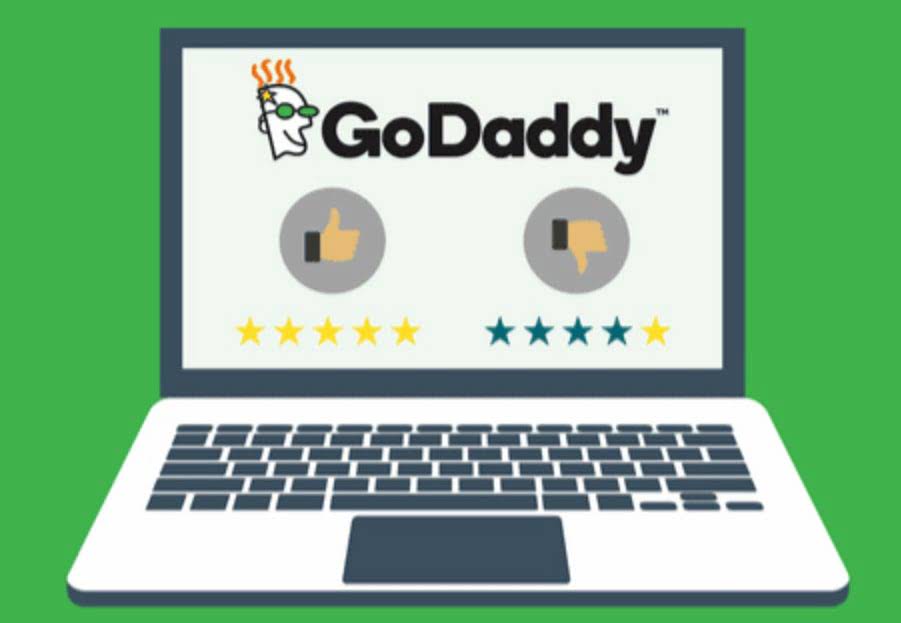
When using the cost principle, costs are verified by their entries on the books. These entries are normally accompanied by a document, like a receipt or an invoice. As such, the documentation required for the cost principle is easy to provide. Most accounting programs provide record keeping for this purpose specifically. Being able to determine the value of an asset objectively is a consistent accounting method.
- In the case of rules-based methods like GAAP, complex rules can cause unnecessary complications in the preparation of financial statements.
- Its importance lies in providing consistency and reliability in financial reporting, which helps stakeholders make informed decisions.
- Explore how the cost principle shapes modern accounting, affecting asset valuation and financial statements with historical cost vs. fair value insights.
- As with any accounting principle, its application should be considered in the context of specific business circumstances and industry practices.
- The cost principle becomes impractical when you have assets that appreciate in value.
- This can include current value for similar items, inspection on the wear and tear, and a professional appreciation.
Role of Cost Accounting in Cost Control
Knowing that a company might have bought an office building for $5,000, years ago, does not provide an overview of the current fair value of an asset. The cost principle is considered one of the fundamental guidelines for bookkeeping and accounting; however, it is fairly controversial. As such, accounting standards are starting to move away from the cost principle. According to critics of the cost principle, it’s main disadvantage is lack of accuracy. Because assets appreciate and depreciate, financial records which follow the cost principle are unlikely to accurately reflect a business’s actual financial position. Moreover, fair value accounting can introduce volatility into financial statements.
What Are the Different Types of Cost Accounting?
While financial accounting presents information for external sources to review, cost accounting is often used by management within a company to aid in decision-making. Cost accounting can be beneficial as a tool to help management with budgeting. It can also be used to set up cost-control programs, with the goal of improving net margins for the company in the future. In addition, cost accounting can also be used as a tool for benchmarking performance against competitors and identifying potential areas of savings. Although cost accounting—particularly the integrated system of accounting—can ultimately produce financial statements (i.e., profit and loss account and balance sheet), its emphasis is on managerial accounting.
What Are the Basic Accounting Principles?
- Since accounting principles differ around the world, investors should take caution when comparing the financial statements of companies from different countries.
- The cost would be recorded as the value offered by the dealership for the trade-in, as well as the cash paid on top.
- This enables the company’s management team to guard the enterprise against any eventuality.
- By applying the cost principle, you can keep your balance sheet consistent between periods and won’t need to update your financial statements with current fair market values.
- Additionally, if this article was helpful to you, we’ve got more like it!
It is also an example of how it is advantageous when it comes to depreciation. Appreciation and depreciation are two financial principles that apply to all assets. However, using specific accounting techniques listed below, they can be taken into account. These processes are required to account for any changes that occur. Similarly, if the same company purchased its manufacturing facility and land for $600,000 in 2000, the real estate will remain on its books for the purchase price rather than its current market value of $3 million. Despite its advantages, fair value accounting is not without challenges.
The cost principle, appreciation, and depreciation
These activities are also considered to be cost drivers, and they are the measures used as the basis for allocating overhead costs. Some might argue that the assets on the balance sheet are understated because they reflect the historical cost instead of the market price, but historical cost is more reliable and objective than the market price. The cost principle is an important aspect that businesses must follow cost principle accounting when it comes to maintaining financial statements. It makes it mandatory for businesses to record raw asset prices, which marks its very original cost, unadjusted against any improvement or depreciation or with respect to the market value. Because the cost principle is commonly used, and often required, most accounting software enables it. As such, the use of the cost principle will typically be built-in.

What is a cost concept?

Other methods that can be used are the fair market value, as well as the asset impairment method. However, the cost principle’s emphasis on historical cost can sometimes obscure the true economic value of a company’s assets. For instance, in industries where technological advancements are rapid, https://www.bookstime.com/ the book value of equipment and machinery may significantly differ from their current market value. This discrepancy can lead to an understatement of a company’s asset base, potentially affecting key financial ratios and metrics used by investors and analysts to assess the company’s performance.
Costing vs. Cost Accounting
This means it’s critical to understand how cost accounting works and how it impacts your specific situation. Being able to explain your business’s finances to lenders and investors is crucial to expansion and success. By valuing assets at the price paid when they were acquired, businesses are able to track how the cost to acquire those assets is changing over time. Businesses can also make budgeting decisions based on historical purchases and long-term trends in price. This helps them make decisions about whether to buy equipment new or secondhand based on how the value of that equipment is likely to change in the future.
Interested in automating the way you get paid? GoCardless can help

Investors want to put their money into a business that will help them earn their money back. A lender wants to be assured that they’ll be paid back in a timely manner. One of the primary advantages of the cost principle is its simplicity. It provides a clear and straightforward method for recording transactions, which is particularly beneficial for small businesses and organizations with limited accounting resources. The original purchase price is a concrete figure, easily traceable through invoices and receipts, making it less prone to manipulation or error.

